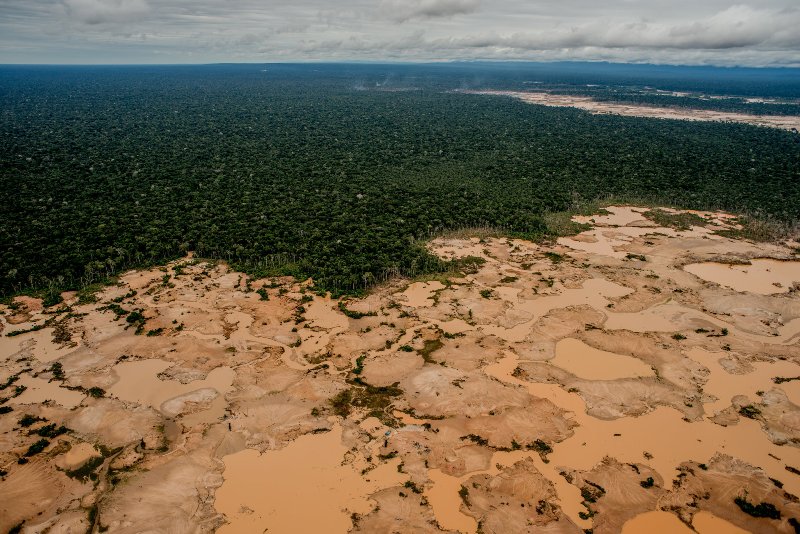The Althelia Climate Fund’s investment in a project to restore degraded areas of Peru’s Amazon was supposed to demonstrate how the sale of forest carbon credits could be harnessed to finance large-scale conservation and boost the livelihoods of local farmers.
Instead, Althelia’s Tambopata project highlights how nimble project managers can make such conservation projects succeed even in the absence of a robust global market for such carbon credits or offsets.
The $6.5 million deal was “dissected” in a panel I moderated at last week’s 6th annual Conservation Finance conference at the offices of Credit Suisse in New York. In addition to managers from London-based Althelia and its carbon-marketing arm, Ecosphere+, the panel included representatives of two investors, Axa Investment Management and the European Investment Bank. A case study published by Forest Trends provided an excellent roadmap to the deal’s elements.
The project aimed to shift land-use from environmentally destructive small-scale gold mining to sustainably grown premium cocoa. As part of the program, a producer’s cooperative has made loans and provided agricultural assistance to smallholder farmers.
As designed, the Tambopata project was intended to support 400 smallholder jobs, protect 586,000 hectares of parkland in the southern Madre de Dios region of Peru, restore an additional 1,250 hectares of degraded lands along the Interoceanic Highway, which has been subject to illegal gold mining, cattle ranching and slash-and-burn papaya production.
By 2021, the forest restoration was expected to avert 4 million tons of carbon dioxide emission, generating the carbon credits under the so-called REDD+ (for reducing emissions from deforestation and forest degradation) framework for assessing forest carbon. The difficulty selling those credits in “voluntary” market for carbon credits, which has suffered from weak demand and low prices, accounted for the uncertainty about the project’s success.
The case study about the project, published in 2017, called the sales of carbon credits “disappointing.” The investors credited Althelia with flexibly developing alternative revenue streams to make the project work. More recently, buyers appear to have emerged for the credits.
Both investors in the climate fund said they had been overly optimistic about the global carbon markets. Their risks were reduced, however, by a partial guarantee of any portfolio losses provided by the U.S. Agency for International Development. And both investors said the deal underscored the need to invest in fund managers who can adapt when conditions inevitably diverge from initial plans.
The project was an early deal in Althelia’s approximately $115 million Climate Fund. Later deals in the portfolio rely more on sales of sustainable commodities and less on carbon credits. Althelia has subsequently reached a first close on its Sustainable Oceans Fund, which does not factor in carbon credits at all. Both Axa and the European Investment Bank are investors in the oceans fund.
Sustainable Ocean Fund raises $37.5 million for ‘life under water’
Mirova, part of the giant Nataxis Asset Management, has acquired a majority stake in Althelia and is in the process of raising a larger “Land Degradation Neutrality Fund” in collaboration with the United Nations.











